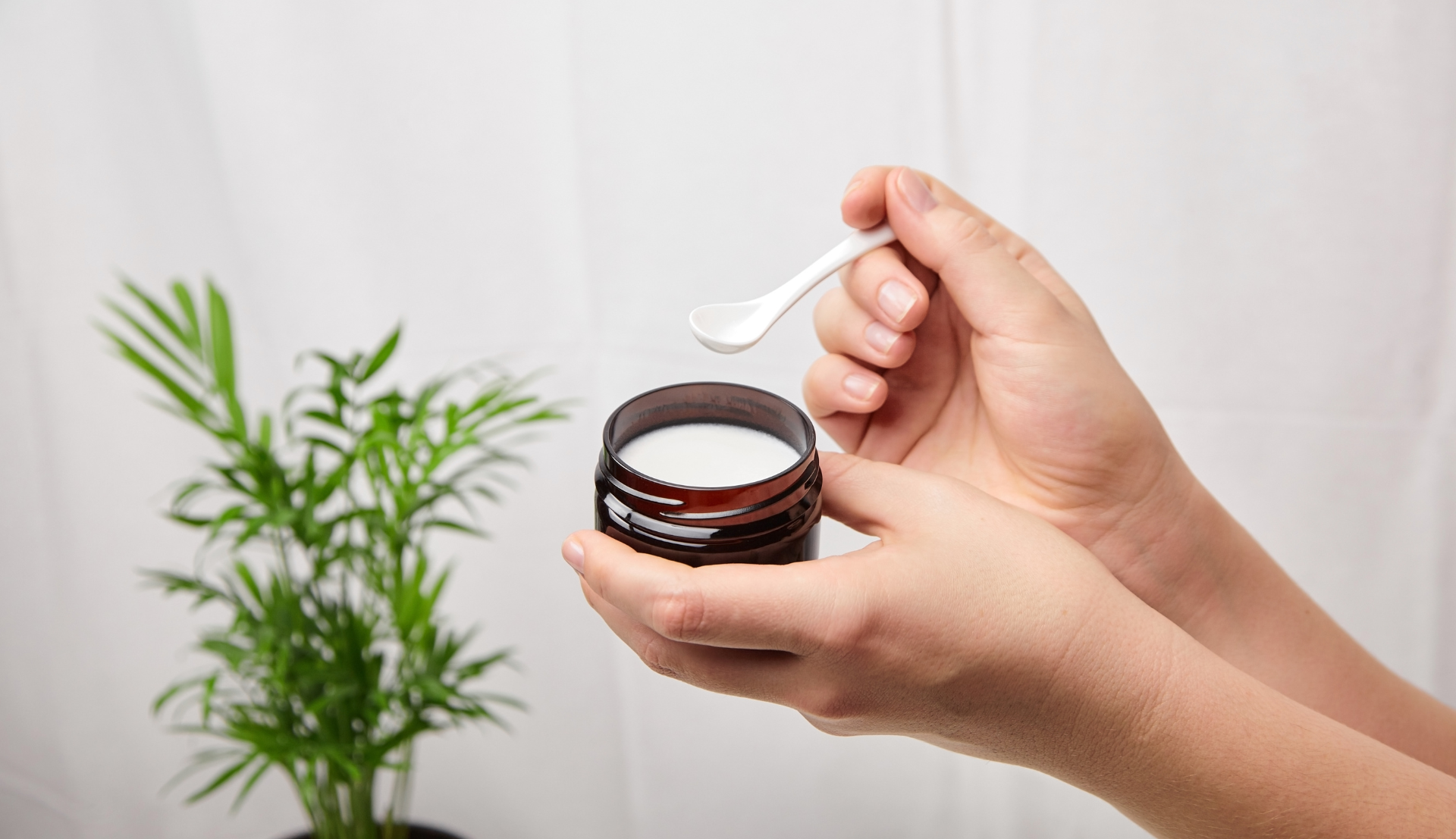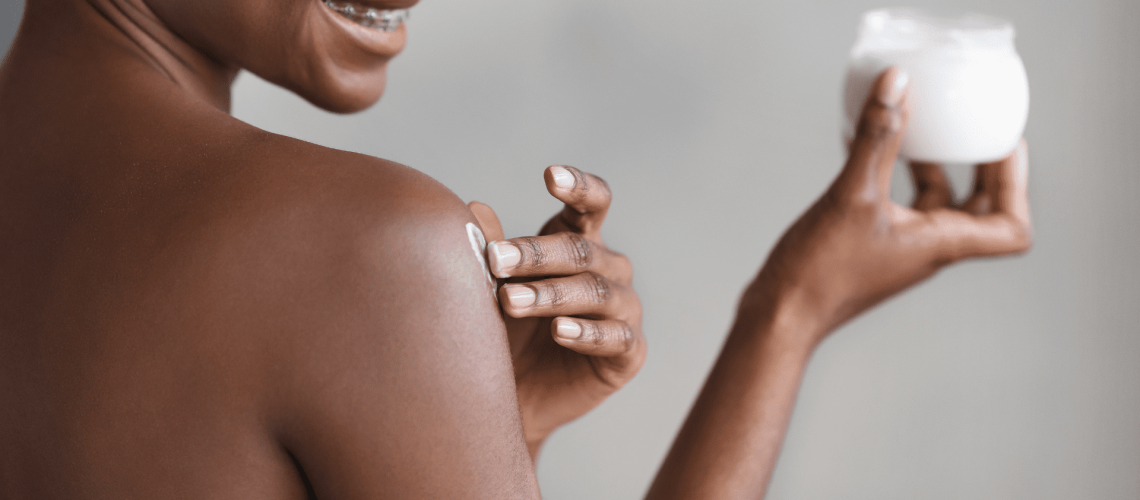Shea butter is a fat obtained from the nuts of the shea tree. It is cream or ivory in color and has a creamy consistency that is easy to apply on the skin. Most shea butter comes from the Shea tree in West Africa.
High concentrations of fatty acids and vitamins make it an ideal cosmetic ingredient to soften the skin. It also has anti-inflammatory and healing properties. Applying It to your body, especially your face, can nourish, tone and soothe your skin.
It can be applied to the face in the morning or at night. It’s a proven moisturizer, so your skin may look smoother after using it. However, eruptions can also occur during use.
What is shea butter?
Shea butter is a vegetable fat obtained from the nuts of the African shea tree. It is made by crushing and cooking the ripe nuts and fruits of the Shea tree. The final product is a yellow thick solid material at room temperature. Also known as solid oil. It contains five essential fatty acids (oleic acid, stearic acid, linoleic acid, palmitic acid, and linolenic acid), which are extremely moisturizing. It is also rich in phytosterols, vitamins A, D and E, and the powerful skin soothing agent allantoin.
It is an excellent moisturizer
The fatty acids in shea butter make it one of the most moisturizing substances on the planet. These fatty acids form a protective barrier on the skin and slow water loss. This prevents the skin from drying out in two ways. First, this barrier protects the skin from environmental elements such as harsh weather and pollutants that erode the skin’s natural barrier and further irritate and dry it.
Additionally, this barrier keeps moisture where it is most needed on the skin. If your skin has the moisture it needs, it will become softer. It also minimizes the appearance of fine lines and wrinkles for a plumped look. And it shines as if it were glowing from within. You’ll know when your skin has the moisture it needs. Look naturally smoother and younger.

The rich nut oils in Shea Butter penetrate the skin, creating a smooth, soft barrier that locks in moisture. This moisturizing effect lasts for several hours.
Shea butter have anti-aging benefits
Shea butter is not only a great moisturizer (a feat that keeps your skin youthful regardless of age), but it’s also rich in antioxidants that further slow the aging process.
Also you can use Dermabiotecnica gold anti-aging serum
Soothes irritation
It also has a strong moisturizing effect. The protective barrier that forms on the skin goes a long way in relieving inflammation and preventing it from getting worse. But that’s not all. It also contains allantoin, a powerful soothing ingredient known for its ability to reduce redness, itching and irritation of all kinds.
Improve eczema
Eczema is a common skin condition that causes an itchy, red rash. It also makes you more susceptible to skin infections. Part of the problem with eczema is that the skin doesn’t have enough fatty acids. The skin barrier is not very effective at fighting irritants and bacteria.
Treatment of eczema requires the application of thick ointments, balms, or creams to lock in moisture and protect against bacteria. One study found that it was better at relieving eczema symptoms than petroleum products that doctors often recommend. This is probably because It contains linoleic acid, a fatty acid found in the skin.

Provide sun protection
Shea butter has a sun protection factor (SPF) of around 3 or 4. Alone, it’s too small to prevent sunburn and damage.
However, manufacturers combine it with other ingredients to achieve SPF 15 or higher. Additionally, you can benefit from the soothing, moisturizing and anti-aging benefits of shea butter.
Also use Dermabiotecnica products such as:
Dermabiotecnica gold sunscreen
Uses of shea butter
Shea butter has multi-talents that can be used for almost anything.
Moisturizer:
Shea butter’s primary use is to form a protective barrier on the skin, locking in moisture and preventing irritants. Whether it’s summer or winter, if you use it all over your body when you’re concerned about dryness or roughness, your skin will be in good condition.
Lip balm:
Shea butter cares for chapped lips, softening them and preparing them for a kiss.
Anti-frizz:
Shea butter isn’t just good for your skin. It also conditions the hair, keeps it soft and straightens the frizz.
Hand cream:
Use after every hand wash to replenish lost moisture, repair rough and cracked hands, and restore smooth softness.
How to use this butter on face
The easiest way to use shea butter on your face is to purchase a cream containing this butter from a health food store, pharmacy, or online retailer.
Shea butter can also be applied directly to the face before going to bed. Applying a cream containing shea butter as part of your skincare routine in the morning can take some getting used to. The fatty acids and oils in shea butter can make it difficult to apply makeup over it.
You can also use shea butter and some other ingredients to make face masks. First, wash your face with cleansing cream or lukewarm water.

To create your own mask, mix:
1 tablespoon raw honey
3-4 drops of grapeseed oil
1 tablespoon pure shea butter
Mix it well and apply it on your face. For best results, leave the mask on for 10-12 minutes, then gently wash your face with warm water and a soft towel.
If you are prone to acne, be careful using these face masks as they may promote acne.
Shea butter side effects
People with oily or acne-prone skin may worry that it may clog pores, cause acne, or worsen breakouts. Although shea butter is classified as non-comedogenic, it has a thick texture rich in fatty acids that can cause breakouts in some people. Personally, I wouldn’t recommend it for oily, acne-prone skin, even if it has zero chance of causing pimples. Too much for your skin type and it can cause oiliness.


